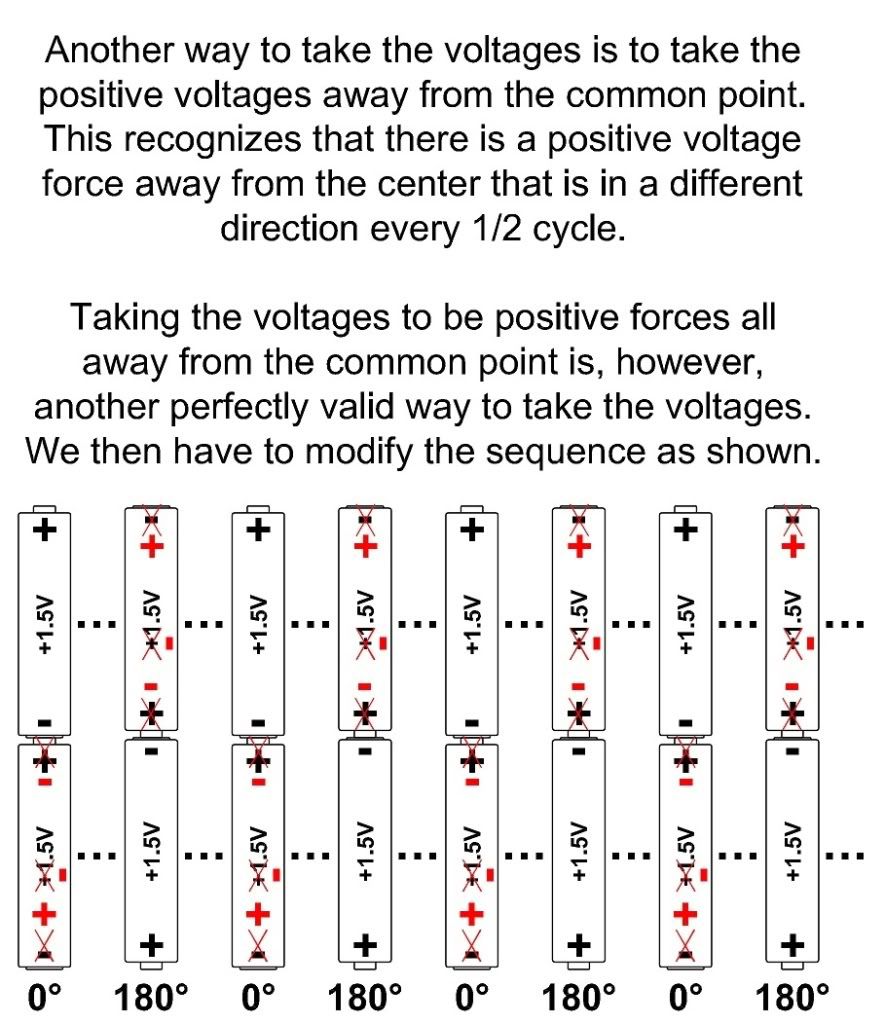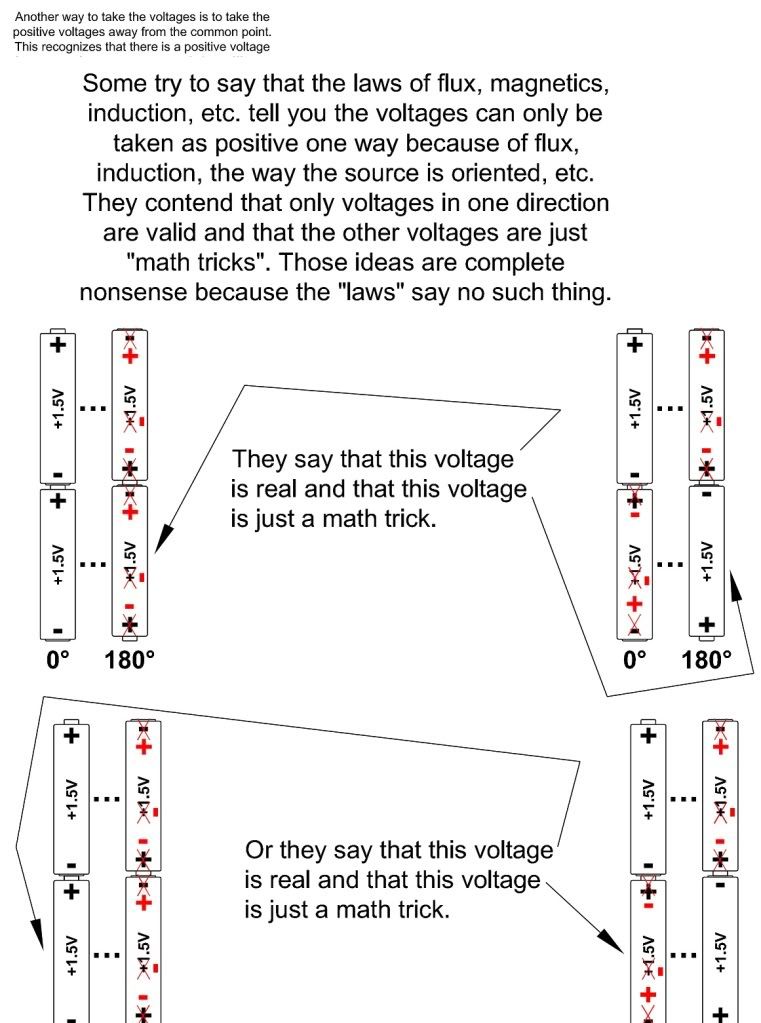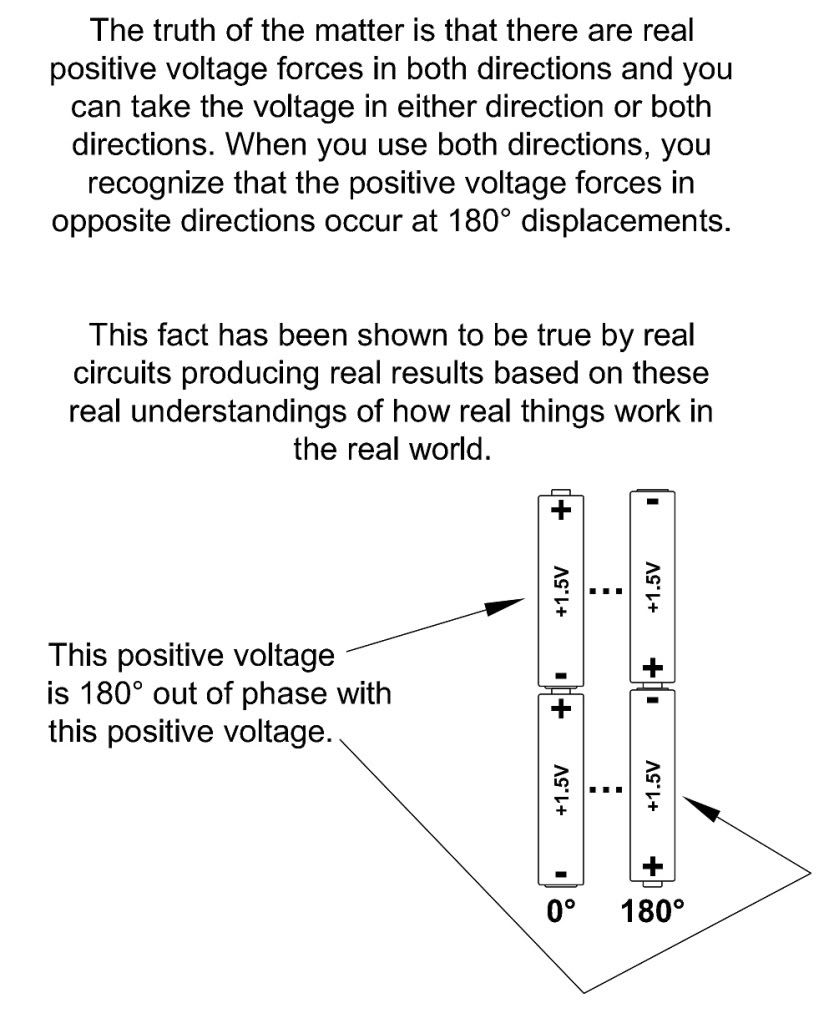mivey
Senior Member
We are not debating that it is called single phase. That is what it is called. The term two-phase is reserved for a system in quadrature phase.Hello thought I would put my two cents in.
Every since I have been in the Electrical trade myself and other Electricians knew for a fact with
no doubt that in the Single Phase Electrical system feeding a house was just that single phase.
Not true. This was understood long before the internet. I have reference books going back to the early 1900's that use that same terminology.There is nothing out of Phase about it. It is only a polarity difference.Nothing is 180 degrees out.
Line one is line No. one and line two is line two and the center tap is a neutral between those two lines.
This misconception only started after the forums on the internet became popular.
A center-tap transformer circuit has long been called a phase inverter.It has always been my opinion that all this stuff about referring too Line no. 1 as phase one and line no. two
phase 2 was brought about by the people posting here with a strong Electronic field. They are and have
always been taught when they reverse the polarity with a so called phase inverter they are shifting the
phase instead of the polarity. I don't think there is a thing wrong with calling this electronic stage a phase
inverter. But it just reverses the polarity also.
As I said, two-phase is a reserved term. The issue comes down to definitions and there are too many standards out there that use them different ways that we will never reach a consensus on the use of the word "phase"Please in the Electrical trade lets not confuse Single Phase with 2 phase because of this belief.
They just don't appear that way, they really are. The measuring device is not lying to you. It is just a load (but a very small load).Electricians do not look at there voltages with oscilloscopes Electronic techs do.
Yes if you measure from the neutral two line 1 and neutral to line 2 it will appear as if you have two
sine waves 180 degrees out of phase with each other.
No, you will get one 120 volt wave and one 240 volt wave.But if you use line one as the common when using a oscilloscope instead of the neutral you will
get two 120 volt sine waves in phase with each other and the polarities will also be the same.
So do two waves produced by two generators that are physically displaced by 180?. See my post #98 hereUsing the neutral as common only makes it appear as you have two 180 degrees out of phase. The only
difference is the polarity they both rise and fall at the same time at the same rate.
Add: As well as the application of the two generators as a three-wire source in #290 here
Last edited:





